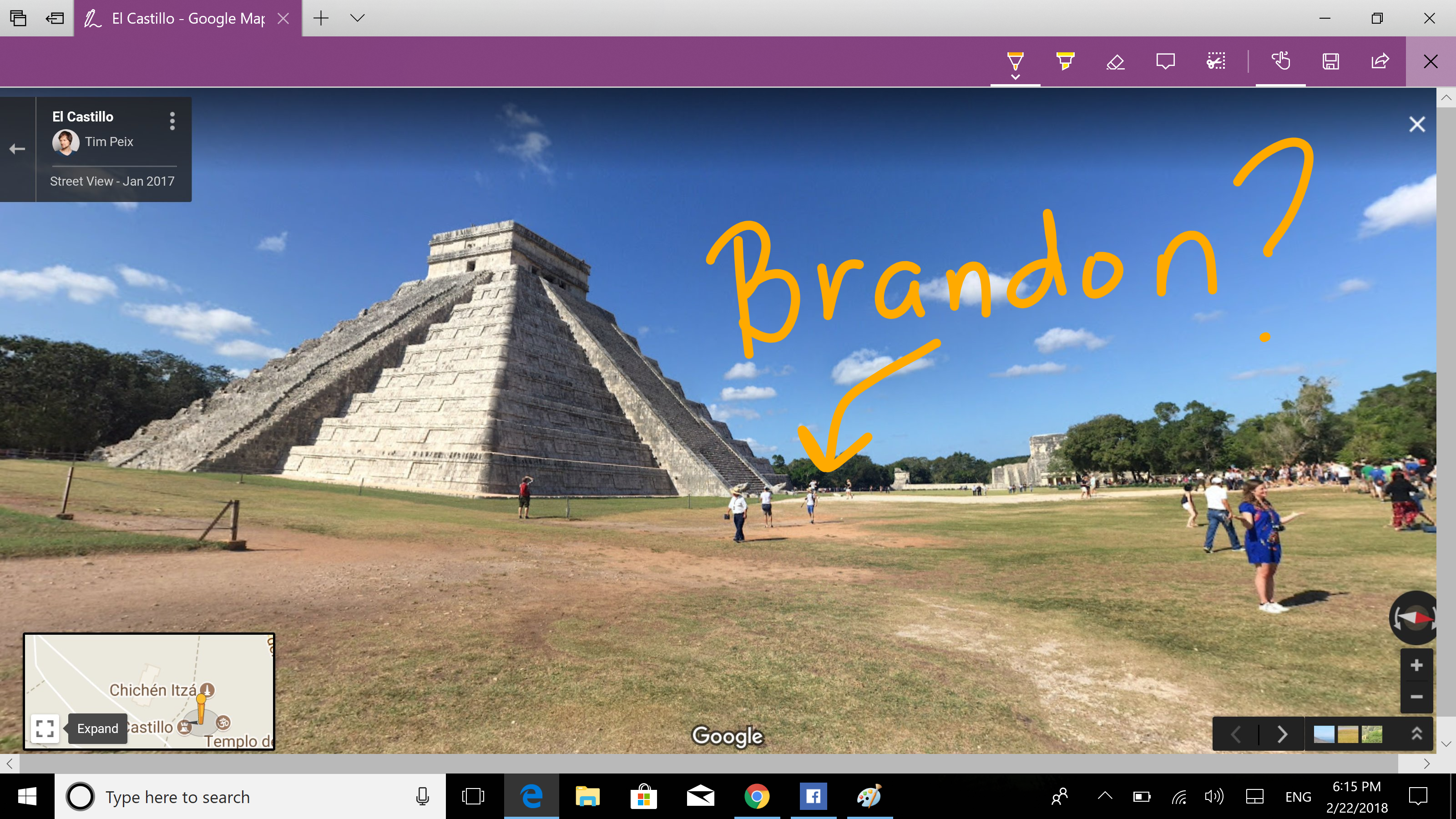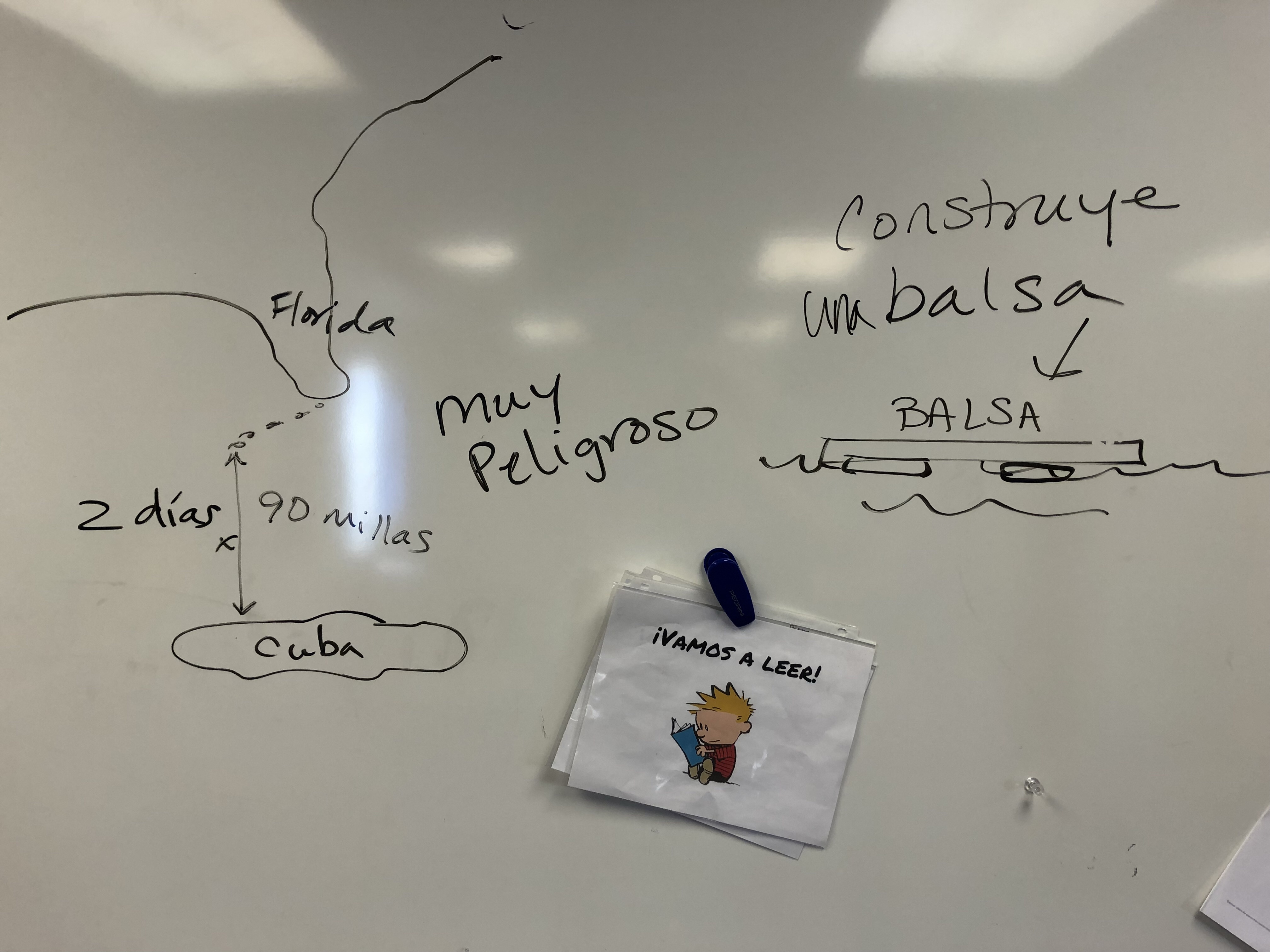Dr. Krashen tells us that reading is important and supposed to be enjoyable:
“Specifically, I am recommending a certain kind of reading-free voluntary reading (FVR). FVR means reading because you want to. For school-age children, FVR means no book report, no questions at the end of the chapter, and no looking up every vocabulary word. FVR means putting down a book you don’t like and choosing another one instead. It is the kind of reading highly literate people do all the time….FVR is also, I am convinced, the way to achieve advanced second language proficiency. It is one of the best things a second language acquirer can do to bridge the gap from the beginning level to truly advanced levels of second language proficiency.” Dr. Krashen, The Power of Reading
Free reading is good for kids! But is it good for kids if they are just staring at the pages, pretending to read? I don’t think so. When I implemented Free Reading as a major cornerstone of my curriculum, I knew that in order for it to be fun and enjoyable, no assignment could be attached. But the teacher inside of me wanted something, anything to gauge their reading comprehension.
Here’s what’s evolved and the unexpected cultural detours:
After my kiddos read silently for 10-15 minutes, I give them the sign and they tell their partner what they read about in English. This serves several purposes:
- They’re sociable and it’s fun to talk to your partner.
- I circulate and overhear them talking about their books, which gives me an idea of what they understood.
- I want to pique their partner’s interest about the book they’re reading.
After 2 or 3 minutes, I sit on my stool, pull out my Magic Cards and we chit-chat. . I’ll draw a student randomly and ask, in English, about their novel.

It sounds something like this:
Twyla, whatcha reading? Tell us about it, but don’t give away the ending!
Twyla will tell us about her book, I’ll ask some follow up questions, and at the end I’ll ask “Do you recommend this book?” (If the answer is no, I’ll say “Put it back, find a different book! I don’t want you slugging through a book you hate! Remind me next class and I’ll help you pick out one you’ll like better”)
Then I’ll mark a B (B for Book, not very creative!) on her card and select another student. I usually do this with 4-5 students before we transition into the next activity. It’s so simple, it’s not rocket science, but it’s been so helpful for me. Here are my observations:
- It gives me a great gauge on how much they’re understanding of their novel. Most of the times I’m surprised because I think they’re reading a book that’s way too hard for them, but their out loud summary totally proves me wrong!
- Because it’s in English, it’s really low stress and the kids enjoy sharing about their books and listening to their classmates. And really, I want ignite other students’ attention so they can make a good book selection.
- I love to reinforce my Free Reading expectations and remind them to find another book if they’re not enjoying it or if it feels too hard.
- It’s a great way to incorporate the cultural elements for the whole class’s benefit.
This is the best part: cultural detours!
Chatting with students about their books is an excellent jumping off point for talking about culture in the target language!
Last week a boy was telling us about Brandon Brown vs. Yucatan and I hopped off my stool and opened up Google Maps, and we went to the Yucatan! Then we zoomed in and found Chichén Itzá. The I grabbed the tiny little Orange Man to show the Street View. Then we explored El Castillo, looking for Brandon Brown. And this was all in Spanish, people!

Sometimes one of our book chats will morph into a Story Listening activity. One of my freshman told us about Escape cubano. I wanted all my students to know about how and why Cubans escape to Florida so I illustrated as I explained what Escape cubano is about, all in slow and comprehensible Spanish.

Sometimes a book will spark great interest! One boy told us about Daniel el detective and mentioned La Tomatina. I pulled up a short youtube video and we did an impromptu Movie Talk.
Pancho y las momias spurred an interesting and disgusting Picture Talk:

La llorona de Mazatlán triggered a great Story Listening of the famous legend and Patricia va a California took us to Guatemala via Google Maps. You get the idea! There are so many fantastic CI readers out there with a cultural focus: weave those in whole class discussions. I try to do one or two “cultural detours” every time they read. My kiddos enjoy them because they think they’re sidetracking me and delaying my carefully planned lesson. My little darlings have no idea it’s all part of my evil, master plan to pack their little brains full of comprehensible input. Mua-ha-ha!


Love how you think on your feet to spin off from the books! I am going to add chatting with neighbor and class to my SSR time. I love the way this boosts interest in reading.
LikeLiked by 1 person
Gracias, amiga!
LikeLike
Do you allow students to use dictionaries or wordreference for books that don´t have glosseries?
LikeLike
I don’t because I don’t want them to get distracted. I tell them to skip and not worry about an unknown word, unless they think it’s really important. If they think it’s critical for their comprehension of their novel, they can raise their hand and I’ll go over and tell them what it means.
LikeLike
Thank you!
LikeLike
[…] We also Chit-Chat about our novels at the end of each reading session which became a it’s own … […]
LikeLike
As a new teacher to CI (only 1 year under my belt), I am loving your thoughts on so many different aspects of class, and I envy your organization. Thank you so much for sharing what has worked for you. You are making my life much easier and more organized.
LikeLike
Mission accomplished- I’ve been hoping that my musings are helpful to someone, somewhere! Thanks so much for the note- it means more than you know!! Here’s to an excellent 2nd CI year!
LikeLike
[…] Chit-Chat regarding their books 10-15 minutes […]
LikeLike
[…] My biggest concern was about culture. How on earth would I teach culture if we weren’t all reading the same book?! It turns out that I’m able to bring up a lot more culture by chatting with them about their books informally. After my class reads 10-15 minutes, we debrief. I ask kids about what they’re reading (in English, I know, gasp! I’m gauging comprehension AND I want to pique other students’ interest!) I’m able to take whatever culture is in their novels (I’ve read nearly all of them…because I’m free reading while they’re free reading, remember?!) and explain it to the class in slow, comprehensible Spanish. Your book is set in Sevilla. Class, do you know where Sevilla is? It’s in Spain…let’s go to Sevilla on google maps! In your book, the character wants to go to the Tomatina? You guys have to see this festival in Spanish. Let’s find a short YouTube video. I call them Cultural Detours and I’ve got plenty more to say about them here! […]
LikeLike
[…] for the grade). I also use these cards to ask kids about the novel they’re reading when we debrief after Free Reading I ask them about their books and give them a grade based on how well they’re understanding […]
LikeLike
I just love your blog sooo much! Your way of doing things is easy and relaxing, yet so beneficial! Thank you! I recently purchased about 15 new FVR books – I’m working my way through them all, but I loved Escape cubano! It’s my favorite one so far! 🙂
LikeLike
Yay!!! I’ve got some FVR books that just arrived that I’m anxious to read too! Enjoy your break!
LikeLike
[…] Here are some details about our Free Reading Program and Here’s what we do once they finish reading. […]
LikeLike